Recipe: Simon Hopkinson's Gravadlax, a delightful Swedish cured-salmon dish
Nothing packs the same aromatic punch as a home-cured salmon flavoured with dill fronds and schnapps – and if you have too much, try poaching the leftovers. Poaching instructions before the recipe.

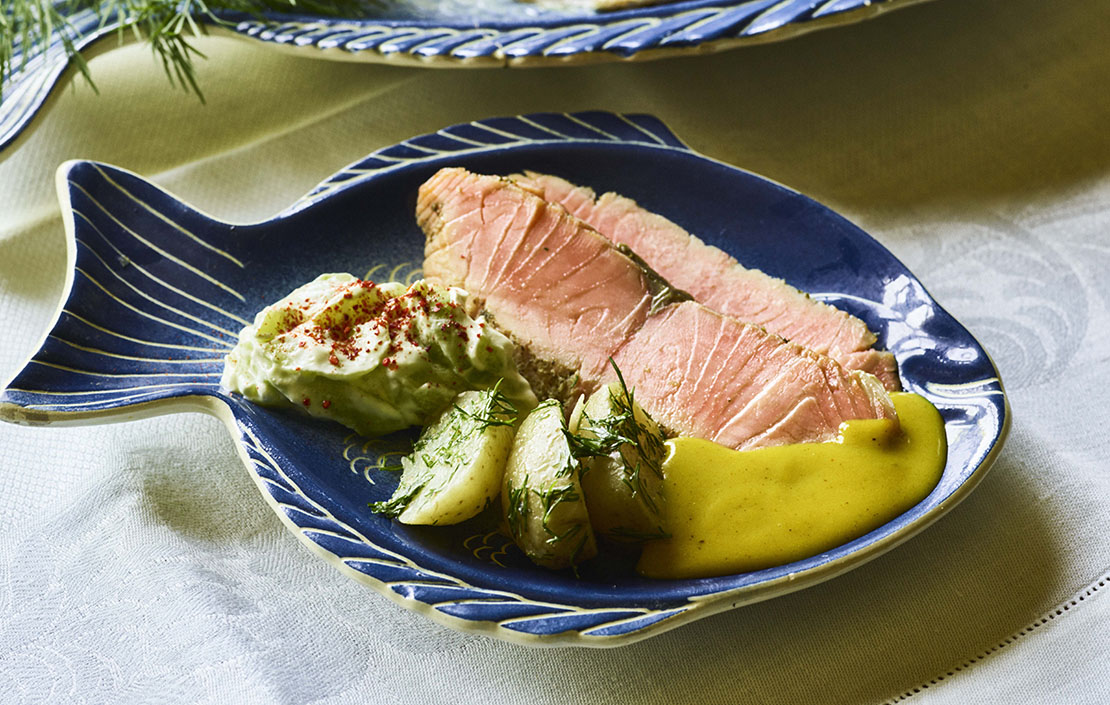
The delicious Swedish cured-salmon dish known as gravadlax (now more often shortened to the briefer, perhaps lazier, gravlax) means, bluntly, ‘buried salmon’. Gravad means ‘grave’ and lax – or the kosher lox – is the Swedish for salmon. As you might imagine, I become irritably perplexed whenever I see the tautology ‘salmon gravlax’ on a menu.
The first time I fashioned some gravadlax, curing the salmon with both salt and sugar, was many years ago, in Pembrokeshire, using a local sewin, the Welsh name for a sea trout. Then, the fish was plentiful and rod-caught; this was the early 1970s, after all, but the true sewin remains wild – although wildly expensive – today.
Did you know: 19th-century Scottish mill workers once demanded not to be paid in wild salmon more than three times a week. Staff in grand country houses would request that they might not be force-fed the pesky fish for below-stairs suppers all through the summer.
The light salting of any fish fillet before cooking is, in itself, a very good thing. About 20 minutes for a good-size portion of fish should do it, turning it over after 10 minutes, then rinsing it in cold water. The salt releases excess moisture, so tightening the flesh. Once briefly poached or steamed, this reveals flakes of fish so pearly, so succulent, that one wonders why one had never known this culinary trick.
With the gravadlax, of course, the salt factor is a little more pronounced – but to no ill effect, be assured. Together with the sugar content, the faint whiff of alcohol and the dill, the delicately cooked fish is an utter delight.
You may simply steam the fillet on a deep plate: bring the water up to a boil, switch off the heat and leave in the residual steam for no more than 10 minutes before removing, loosely wrapping in foil with a knob of butter and then allowing to rest for a further 10 minutes.
For an aromatic poach, I half-fill a wide, shallow pan with water (no salt needed) and add a generous splash of white-wine vinegar or cider vinegar, a thinly sliced onion, a stick of chopped celery, bay and a sprinkle of white peppercorns. Cover the pan, then simmer for 20 minutes. Turn off the heat, slide in the gravadlax, cover once more and leave for 10 minutes. Then, as above, drain and loosely wrap in foil with butter.
For both methods, leave the skin beneath attached as you carve the fillet into thick slices, then lift off each serving, before discarding the skin.
Exquisite houses, the beauty of Nature, and how to get the most from your life, straight to your inbox.
The Recipe
Serves 6 eaten raw; 4 when cooked.
For the salmon
- 500g boneless, skinless salmon fillet
- 85g caster sugar
- 70g sea salt
- 2tbspn schnapps, gin, vodka or similar
- 10g freshly ground white pepper
- 10g freeze-dried dill or 100g bunch fresh dill, stalks and all
For the cucumber
- 1 large cucumber, peeled and thinly sliced
- 1tspn sea salt
- 2tspn caster sugar
- Freshly ground white pepper
- 1tspn white-wine vinegar
- 1tbspn freshly chopped dill
- 2–3tbspn Greek yoghurt
For the mustard sauce
- 3tbspn smooth Dijon mustard
- A good squeeze of lemon juice, to taste
- 2tspn caster sugar
- 3–4tbspn salad oil, such as sunflower
Method
To cure the salmon, grind tog-ether the other five ingredients to a sloppy green paste. Place half of this paste in a container (a plastic box with a lid, for example) that will accommodate the fish snugly.
Lay the salmon on top, pressing it down, then cover with the other half of the green paste, smearing it well over the surface of the fillet.
Pop on the lid, place in the fridge and leave there for 48 hours, turning the fish occasionally, until firm to the touch.
Carefully rinse the salmon fillet, dry with kitchen paper, wrap in clingfilm and pop into the fridge.
To make the cucumber salad, mix together the first five ingredients in a bowl and leave to macerate for about an hour. Drain off the liquid and mix with the dill and yoghurt.
For the sauce, whisk together the mustard, lemon juice and sugar, then whisk in the oil until you have a loose, thick dressing. Season to taste.
To serve in the traditional way, thinly slice the gravadlax at an angle and arrange the slices on a large serving dish, handing both the cucumber salad and mustard sauce at table.
However, if you want to try the gravadlax cooked, you could serve it with hot new potatoes that have been sliced up and dressed in butter, together with a little more dill.
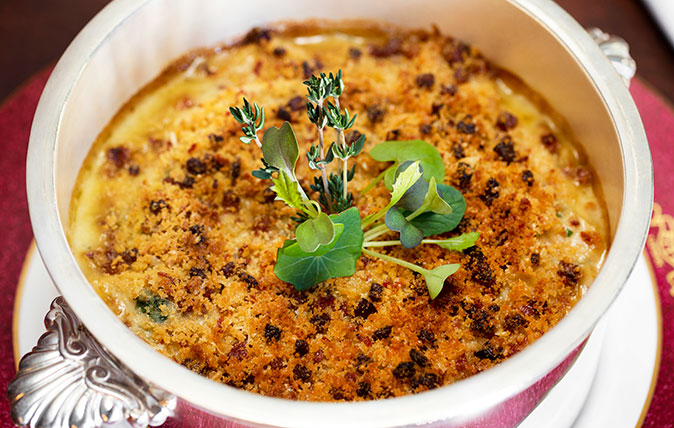
Country Life's best recipes of 2018: Perfect scones, scrambled eggs and the Prince of Wales' favourite dish
Every week we bring you mouthwatering recipes from our team of contributing chefs – here are the ten most popular from

Perfect roast goose recipe from Mark Hix
Cooking the perfect Christmas goose, with delicious gravy, is a fantastic way to celebrate Christmas. Mark Hix explains how it's
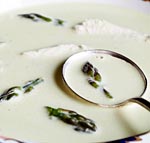
Perfect asparagus recipes from Mark Hix
Mark Hix outlines his favourite ways to cook asparagus while it’s in season this May
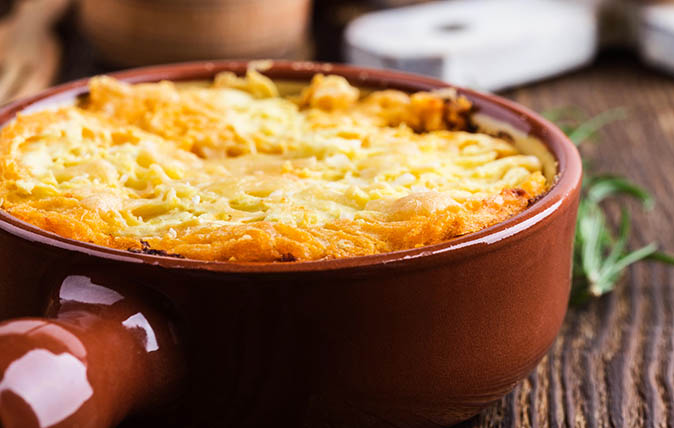
Credit: Alamy Stock Photo
A delicious shepherd's pie recipe to take away the winter chill
Shepherd's pie is a true British classic which always hits the spot – this delicious take on the dish comes
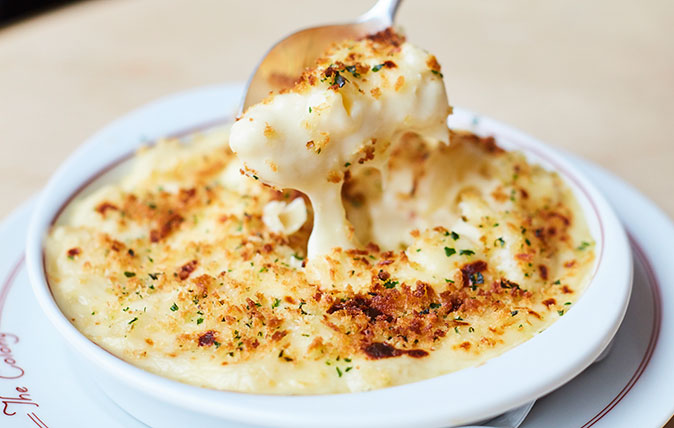
Credit: Colony Grill at The Beaumont
How to make perfect macaroni cheese, creating your own béchamel from scratch
This comfort food classic needs a big jug of cheese sauce – but don't be tempted to get it out of
